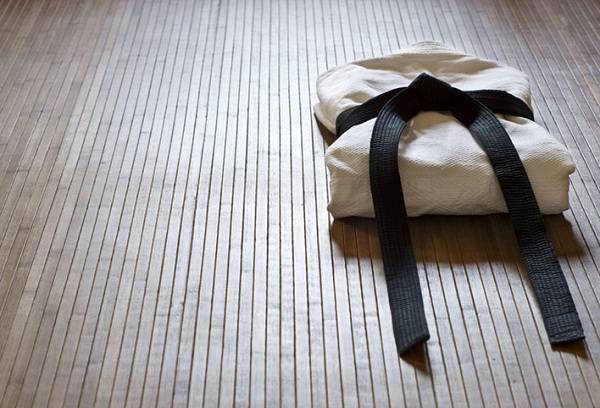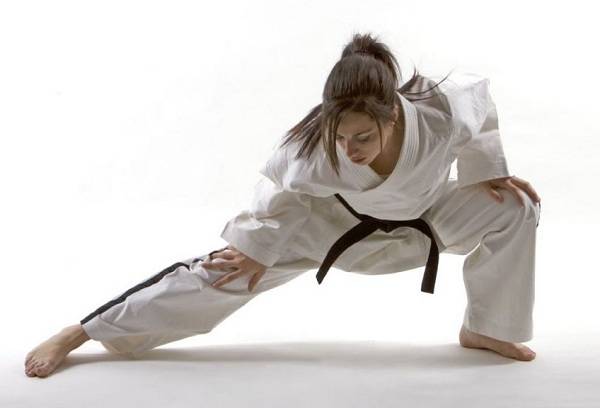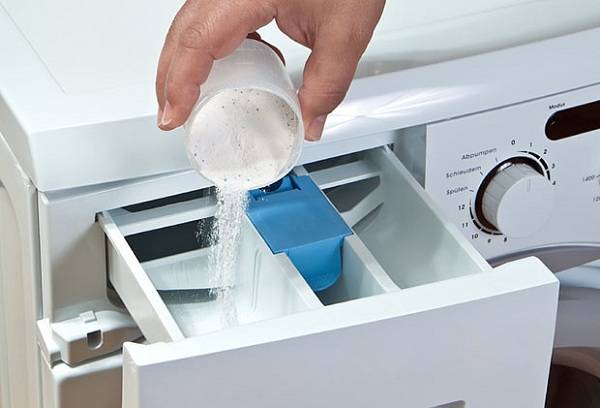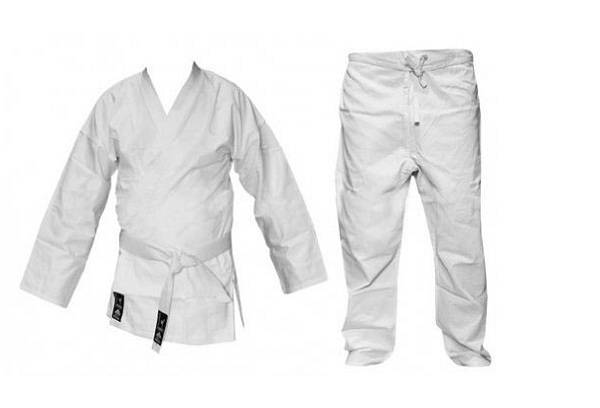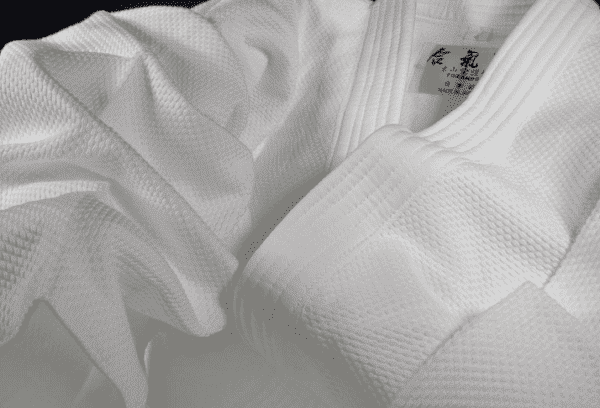How to wash kimonos for aikido, judo and karate in a washing machine?
Content:
Care for sportswear designed for martial arts consists of washing, drying and ironing. Before you wash your kimono, you need to evaluate its quality and texture. Usually, specialized clothing for aikido, karate and judo is made from 100% cotton. For this reason, even the most cautious approach leads to the fact that after some time the tissue shrinks by 3-5%.
In addition, the final cleaning result is influenced by factors such as washing water temperature, material processing quality (sometimes special manipulations are performed to reduce the risk of shrinkage), and the presence of impurities in the cotton fiber.
Kimono Washing Highlights
Despite the fact that ultimately the quality of a kimono for aikido, judo and karate depends on the approach used by the manufacturer, the rules for washing a product in a washing machine are the same in all cases:
- First, read the kimono care label. If the product is made of pure cotton, then most likely the manufacturer will recommend washing at a temperature not exceeding 30 ° C. If higher temperatures are allowed, then synthetics are most likely added to the fibers.
- The tendency of cotton kimonos to shrink can be used to fit a large product to your size. The higher the temperature of the washing water, the greater the shrinkage. Cotton withstands processing at 90ºС. The more procedures, the stronger the shrinkage of the tissue.
- It should be noted that the material for kimono does not shrink in all directions equally, the final result depends on the type of arrangement of the threads. For example, jackets for aikido, karate and judo shrink more in width than in length.
- It is possible to erase a kimono belt with the main product only if it is the same color. In this case, it must be placed in a grid or pillowcase.
Despite the fact that the high temperature allows you to fit the kimono in size and contributes to the destruction of microbes, you can not abuse this approach. Hot water accelerates the destruction of cotton fibers, which leads to rapid wear of the fabric.
The frequency of washing kimonos for martial arts
Kimonos need to be washed as often as necessary. This parameter in each case is different and depends on the intensity, duration of classes, the selected schedule, individual characteristics of the body. Experts recommend in this plan to pay attention to the following points:
- Machine washing a kimono after each workout is not necessary. Sometimes it is enough to rinse the product in cold water immediately after training and dry it. This will allow you to send a thing to the machine no more than once every 2-3 weeks.
Tip: In some areas it is not forbidden to wear a thin white T-shirt made of natural fabric under a kimono. If there is such an opportunity, she needs to use it, because the product absorbs a significant part of the sweat. A kimono will not have to be washed so often, and it will not be covered with yellow spots from the inside.
- If underwear is worn under the kimono, it must be washed at maximum temperature after each use. If the machine is not able to heat water to 90ºС, then it is better to boil the fabric in the traditional way.
- Before training, you need to carefully wipe the coating at the training site. This again will reduce the number of aggressive washes.
In general, even before acquiring a kimono, it is necessary to evaluate the intensity with which it will be used. Perhaps a one-time expensive purchase will be more profitable than the need to regularly purchase new models.
Methods for stain removal and odor elimination
Athletes who initially acquire expensive kimono options enjoy a long whiteness of their equipment. Cheaper models after some time acquire a grayish or yellowish tint, even if they are looked after according to all the rules. Just in the first case, the fabric is initially bleached, and in the second it is necessary to do it yourself. If persistent stains are found that are not even bleachable, it is necessary to contact dry cleaning.
The cotton bleaching process involves the use of special substances that increase the alkalinity of the washing composition. This leads to the destruction of fats, which are the cause of specific pollution, giving the fabric an unnecessary shade. Cellulose, which is the basis of cotton, is not very susceptible to such effects, therefore, properly carried out bleaching will not adversely affect the condition of the material. Here you just need to choose the means in which chlorine does not appear. This element is able to weaken the fibers of the fabric.
In addition to spots, kimono often becomes a source of bad smell. This will not happen if you keep in mind the following points:
- After the training, the kimono should be dried as soon as possible, you can not leave it in the bag.
- If possible, after each lesson, it is recommended to rinse the product in cold water and dry it in the fresh air.
- If the smell nevertheless appeared, then before rinsing in cold water you need to add about two tablespoons of vinegar.
- When washing things in a typewriter, you need to use powders with flavors, softeners and conditioners with fragrances.
- In the winter months, kimonos can be hung regularly in the cold.
If the product does not shrink when washing in hot water, then it is better to subject it to processing at a temperature of about 65 ° C. This will destroy most of the bacteria that trigger an unpleasant odor.
Proper drying and ironing of a kimono
A dense cotton product should not be dried in a washing machine, it is better to refuse even a strong spin, otherwise it will be very difficult to straighten folds. After removing the kimono from the machine, you need to shake it, hang it on your shoulders, straighten all the large folds. Drying should be done outdoors. Using a battery, dryer or hairdryer is highly discouraged. Given the density of the fabric, the kimono dries for a long time, this must be taken into account and stock up on the second set.
Wicker kimono is not ironed, only those products that have a smooth texture are processed with an iron. If the product was dried in accordance with all the rules, then folds should not remain on it. In those cases when the hall was not initially straightened and dried, having fixed in one position, it is better to wet it again, straighten it and wait until the material dries.
